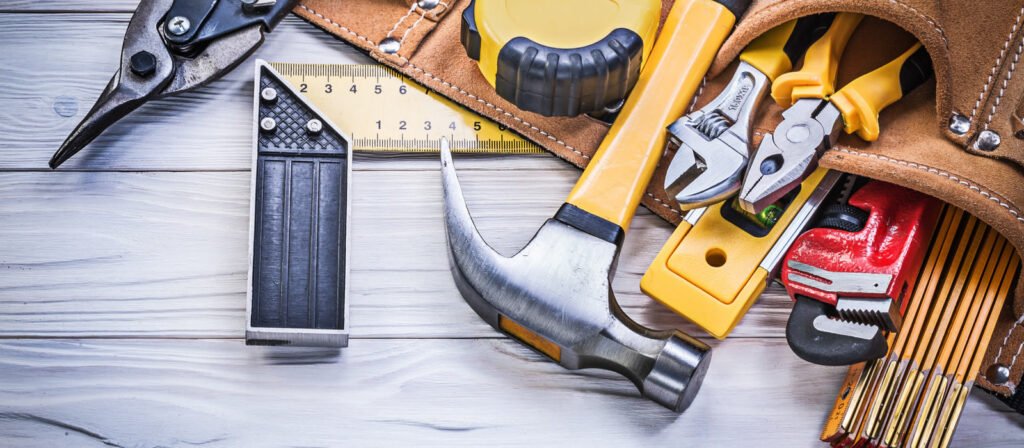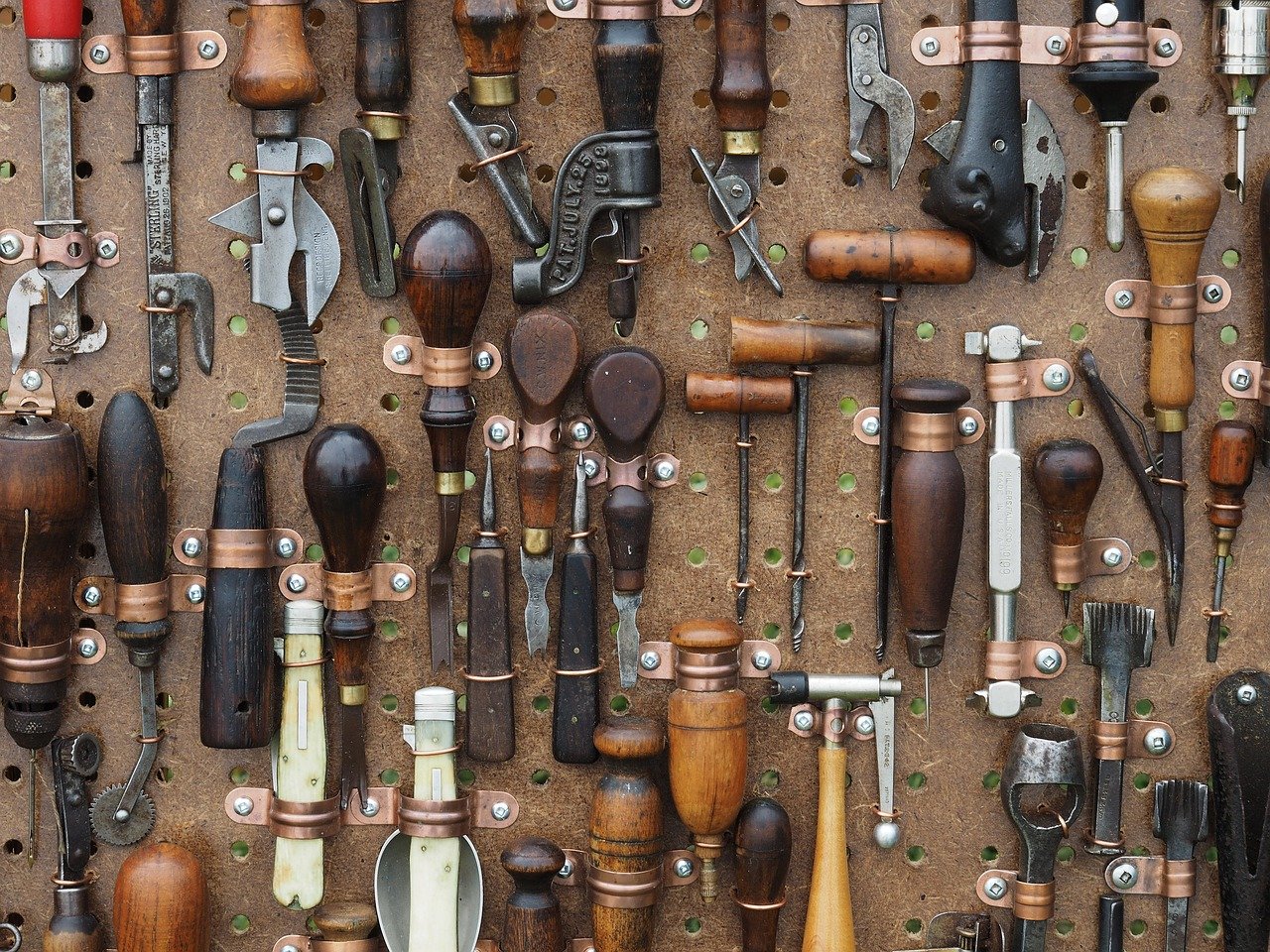Understanding the Different Types of Spanners
Spanners, also known as wrenches, are versatile hand tools that come in various types, each designed for specific tasks and applications. In this comprehensive guide, we’ll explore the different types of spanners and their uses, shedding light on the diverse range of applications these essential tools offer.
1. Open-End Spanners
Description: Open-end spanners feature U-shaped openings at both ends, allowing them to grip nuts and bolts without completely surrounding them.
Uses: Ideal for situations where space is limited, open-end spanners are commonly used for general fastening tasks. They are effective in tightening or loosening nuts and bolts quickly.
2. Combination Spanners
Description: Combining an open-end and a closed, ring-shaped end, combination spanners offer versatility for various tasks.
Uses: These spanners are suitable for a wide range of applications, providing both the speed of an open-end spanner and the grip of a ring spanner. They are a must-have in any toolkit.
3. Ring Spanners
Description: Ring spanners feature a closed-loop design at one or both ends, providing a secure grip around the fastener.
Uses: Ring spanners are essential for tasks where a strong grip is required. They are often used in situations where there is ample space to rotate the spanner around the fastener.
4. Adjustable Wrenches
Description: Adjustable wrenches, also known as crescent wrenches, have a movable jaw that can be adjusted to fit different sizes of nuts and bolts.
Uses: These versatile wrenches are suitable for tasks where the size of the fastener is unknown or varies. They are commonly used in plumbing and automotive repair.
5. Box-End Spanners
Description: Box-end spanners have a closed, box-like end that completely surrounds the fastener, providing a secure grip.

Uses: Box-end spanners are preferred when a high torque is required. They reduce the risk of rounding off the fastener’s edges, making them ideal for heavy-duty applications.
6. Ratchet Spanners
Description: Ratchet spanners have a mechanism that allows the spanner to turn the fastener in one direction while remaining stationary in the other.
Uses: Ideal for situations where continuous turning is not practical, ratchet spanners are efficient and save time. They are widely used in automotive maintenance and construction.
7. Pipe Wrenches
Description: Pipe wrenches have serrated jaws designed to grip and turn pipes and rounded fasteners.
Uses: Commonly used in plumbing, pipe wrenches provide a strong grip on cylindrical objects. They are essential for tasks involving pipes and plumbing fixtures.
8. L-Type Spanners
Description: L-type spanners have an L-shaped design, allowing for a comfortable grip and extended reach.
Uses: These spanners are versatile and suitable for various swiftyfy tasks. The L-shape provides leverage, making them effective for applications where additional force is required.
In conclusion, understanding the different types of spanners and their uses is crucial for selecting the right tool for the job. Whether you’re tightening a bolt in a confined space or working on heavy-duty machinery, having the appropriate spanner ensures efficiency and precision. Explore a diverse range of high-quality spanners and hand tools at https://byzastools.com/ from BYZAS TOOLS, your trusted partner in hand tool excellence (Appzeto).


